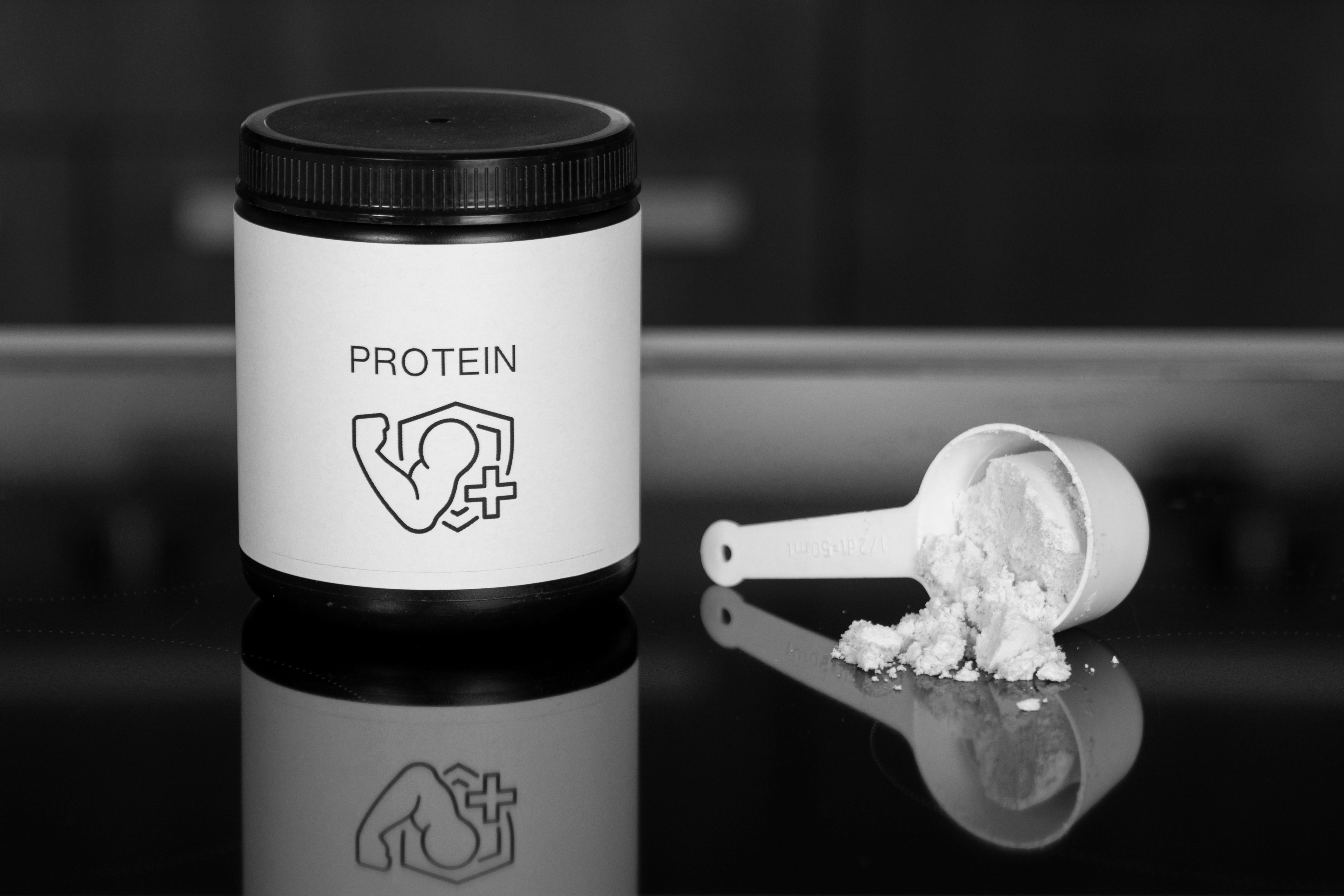
What is PDCAAS? Understanding the Standard Calculation Behind Protein Claims
From energy bars to snacks and now even sparkling water, American consumers can’t seem to get enough protein in their products. Claims like “High in Protein” are popping up all over the packaging in the grocery aisles. But not all proteins are created equal.
For food and beverage manufacturers making protein-forward products, understanding and calculating PDCAAS is essential for compliant labeling, consumer trust, and reducing legal risk.
What is PDCAAS?
PDCAAS stands for Protein Digestibility-Corrected Amino Acid Score. It’s the method designated by the FDA to evaluate a protein’s nutritional quality based not just on how much protein is present, but on how “digestible” it is, or how well it delivers the essential amino acids the body needs.
The PDCAAS score directly affects protein labeling claims. In the U.S., the percent Daily Value for protein must be based on PDCAAS for if the product is making any protein-related claim (like “good source of protein” or “high in protein”) (FDA, 21 CFR 101.9(c)(7)).
Why PDCAAS Matters More Than Ever
Protein is trending: Demand for high-protein products and innovation hasn’t slowed down. Starbucks is releasing protein cold foam later this year and Costco recently rolled out a viral protein sparkling water. Consumers also continue to look for plant sources of protein. According to a report by ADM, 80% of consumers believe that eating more plant-based proteins will help them age better. Plant-based and alternative protein sources often have lower PDCAAS scores, making it even more important that the calculations back up any protein-based claims.
Risk of lawsuits increases: In California federal court, a class action filed June 17, 2025 accused Naked Whey Inc. (Naked Nutrition) of deceptively advertising its vegan protein powders by overstating protein content and failing to account for lower digestibility inherent in plant-based proteins. This lawsuit joins Sarayli v. Huel (filed in March 2025) and O’Neal v. OWYN (filed in September 2024) among others. In the suit against Huel, the plaintiff argues that Huel’s Black Edition Vegan Protein Powder misleads consumers by featuring prominent protein content claims without calculating the Daily Value using the FDA-required PDCAAS method. Similarly, OWYN is accused of overstating the protein quality of its plant‑based shakes and failing to provide a compliant Daily Value.
Enter PDCAAS: the industry-standard method for evaluating protein quality and the key calculation behind FDA-regulated protein claims. Shoppers are getting smarter. Marketing “10g protein” isn’t enough. According to a report from Mintel, savvy consumers are asking more and more often about digestibility, sourcing, and amino acid completeness.
How is PDCAAS calculated?
PDCAAS is found using the following formula: Total Protein Digestibility of the Formula x Limiting Amino Acid Score of the Formula = PDCAAS
The result is a score between 0 and 1, with 1.0 being a “perfect”, or complete, protein. This score is then used to calculate the corrected percent Daily Value for protein using the following formula: Protein (g) in one serving x PDCAAS / Recommended Daily Intake for protein for a specific age group = % Daily Value
How ENTR Can Help
ENTR can automatically perform the calculations for PDCAAS, protein % Daily Value by age group and provide alerts on any missing information that is required.
With ENTR, you can:
- Automatically calculate PDCAAS based on your product’s amino acid composition and protein digestibility factors.
- Model protein blends: Quickly compare how different protein sources (e.g., pea + rice + chia) affect your protein claim eligibility.
- Ensure claim compliance: Easily verify whether your % Daily Value and protein claims meet FDA regulations.
- Export supporting documentation: Generate transparent reports for internal teams, auditors, and label reviews.
📩 Need help modeling your protein blend or setting up PDCAAS calculations in ENTR? Contact us — we’ll help you get started.




